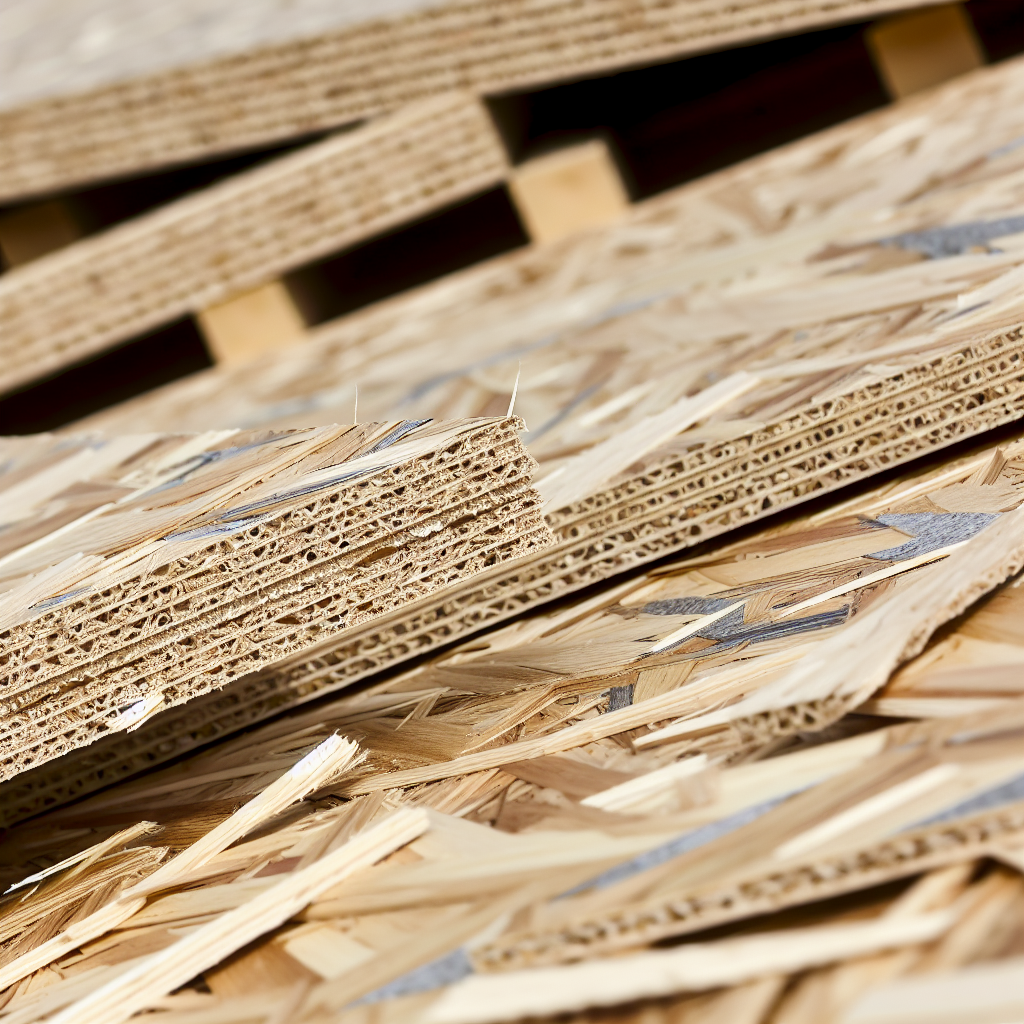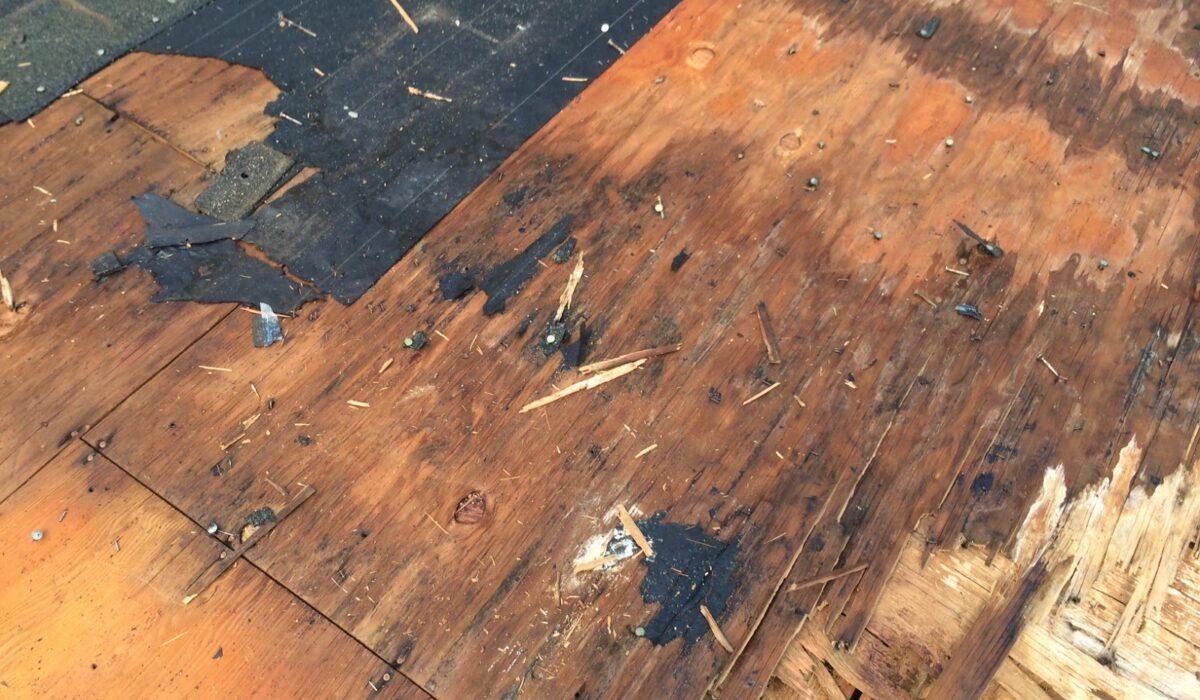
Is It Time to Replace Your Plank Roof Decking?
When homeowners request an estimate for roof replacement, one of the first things we inspect is the roof decking. This crucial component of the roofing system often gets overlooked, but it serves as the foundation on which your entire roof is built. Without a solid, reliable foundation, the investment in a new roof may not last. In this article, we’ll focus on plank roof decking, its potential problems, and the best solutions to ensure your roof lasts for years to come.
What Is Plank Roof Decking?
Plank roof decking is one of several types of decking materials used beneath roofing systems. Other options include CDX plywood and OSB (Oriented Strand Board), which are common in modern construction due to their affordability. Plank decking, which can range from 4 to 13 inches in width, was widely used before plywood became available. Some homes built 50 to 100 years ago may still have these plank boards in place.
Though plank decking was reliable in its time, it often shows signs of wear and tear after decades of exposure to extreme heat, freezing temperatures, and lack of ventilation. If you’ve got older plank decking under your roof, it may be time to assess its condition before you invest in a full roof replacement.
Why Is Plank Roof Decking a Problem?
Over time, plank roof decking can dry out and become brittle, especially when exposed to the elements. When roofing materials such as shingles and underlayment are removed, the plank decking is exposed to outside air. This sudden change in exposure causes the wood to act like a sponge, absorbing moisture from the air. If you’ve ever left a wooden board outside overnight, you’ll understand how quickly it can swell and warp from moisture.
Plank decking, especially when wider than 6 inches, is prone to twisting, bending, and cupping when it absorbs moisture. While this may not be immediately noticeable after a new roof installation, it can become more obvious over time, creating ridges and bumps on your roof. Not only does this look unsightly, but it can also lead to leaks and water damage down the line.
The Impact on Shingles
Raised or cupped planks create gaps between the shingles and the decking, allowing rainwater, snow melt, and moisture to seep underneath. This creates potential for leaks and water damage inside your home. It’s especially problematic during heavy rain or snowfall, where moisture can easily slip under these gaps.
Shingle manufacturers like GAF, Owens Corning, CertainTeed, and TAMKO have specific guidelines regarding roofing over plank decking. If the planks are wider than 6 inches or have large gaps between them, most manufacturers will not honor their warranties. Narrower planks, however, are generally considered stable enough for shingle installation.
How to Address Plank Roof Decking Issues
There are several options to handle issues with plank roof decking:
- Re-deck the Roof: The most straightforward solution is to remove the plank decking entirely and replace it with solid plywood. This ensures a stable, smooth surface for your new roof. While this option can be more expensive, it provides a long-term fix that will last for decades.
- Install Plywood Over the Planks: Another option is to install plywood directly over the existing plank decking. This method works well if done correctly, but care must be taken to use long enough nails to penetrate both layers. If the nails don’t reach the original decking, they can push up over time, damaging the shingles above and causing leaks—this issue is known as “nail pops.”
- Relief Cuts in the Planks: In cases where the planks are still in relatively good condition and have gaps less than 1/8 of an inch, relief cuts can be made. These cuts allow the planks to expand and contract without warping or twisting. This preserves the original decking while preventing future issues.
- Addressing Large Gaps: If your plank decking has gaps larger than 1/8 of an inch, simply installing new shingles won’t solve the problem. Modern shingles have a 5 5/8-inch exposure, meaning more of the shingle is exposed compared to older shingles with a 5-inch exposure. This difference may cause nails to miss the plank altogether, leading to weak spots in the roof that are prone to wind damage and leaks. In this case, re-decking or overlaying with plywood is the best option.
Why an Attic Inspection is Critical
Before any roof replacement begins, an attic inspection should always be performed to assess the condition of the roof decking. This is a critical step that ensures your roof has a strong foundation. Skipping this step could lead to costly problems down the road. It’s always better to address any decking issues upfront to avoid having to replace or repair the roof again in the near future.
About Bella Construction
At Bella Construction, we understand that replacing your roof is a significant investment. That’s why we focus on providing thorough inspections and offering the best solutions tailored to your home’s specific needs. Whether you’re dealing with plank roof decking or considering a full roof replacement, our team has the experience and expertise to ensure your roof lasts for decades.
Located in Pittsburgh, PA, we’ve been serving the community for years, providing quality roofing solutions and exceptional customer service. We work with top manufacturers like GAF, Owens Corning, CertainTeed, and TAMKO, ensuring that your new roof comes with the best warranties in the industry.
If you suspect issues with your roof decking or are considering a roof replacement, contact us today for a free estimate. Let Bella Construction give you the peace of mind you deserve with a roof that’s built to last.
Schedule Your Estimate Today
Replacing your roof doesn’t have to be a stressful process. With Bella Construction by your side, you’ll receive expert advice, top-quality materials, and a roofing system that will protect your home for years to come. Don’t wait—schedule your virtual or in-person estimate today and experience the Bella difference!

